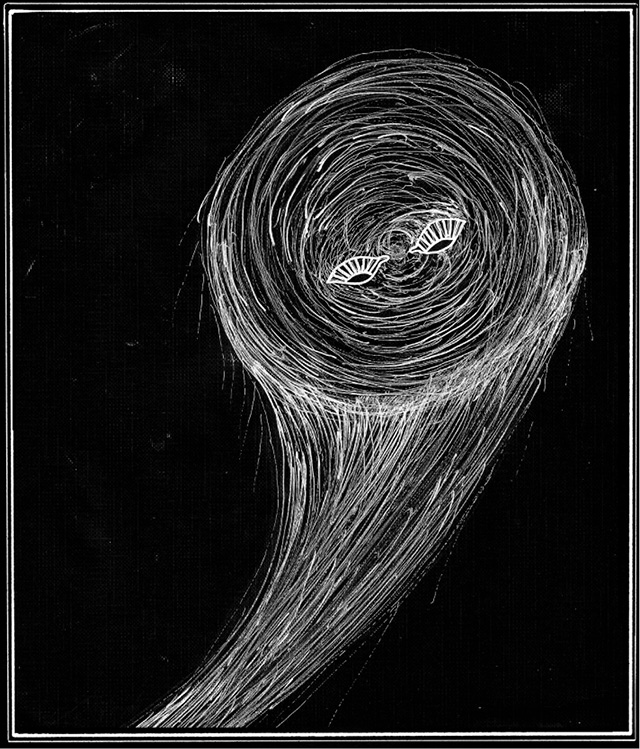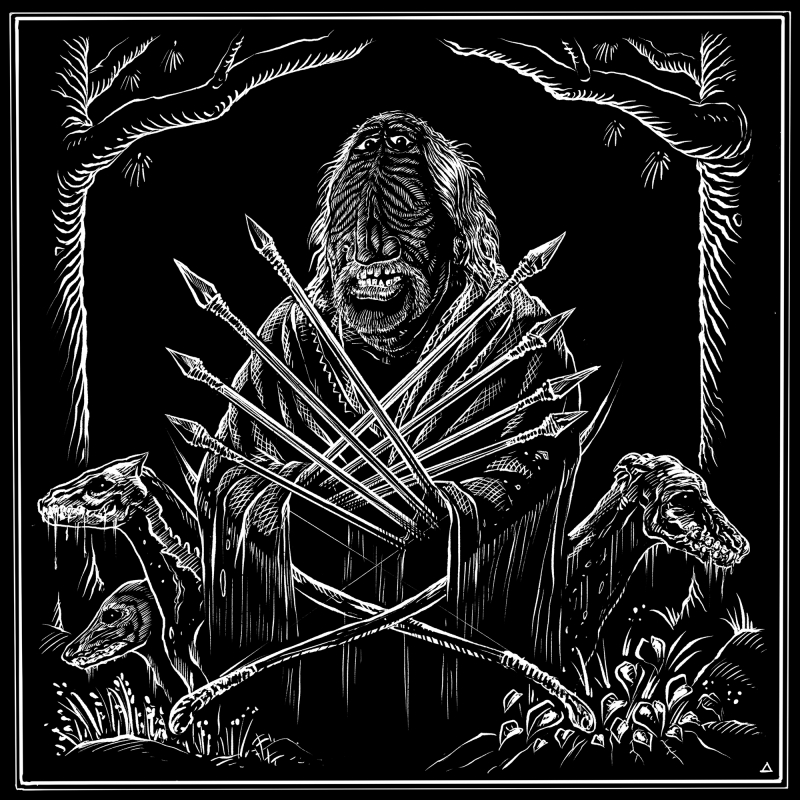Первый закон зомби-апокалипсиса: будь человеком, Странник, и к тебе потянутся!
Bestiary.us
энциклопедия вымышленных существБыстрый переход
- Городские легенды Cовременная разновидность мифов, как правило, короткие, и, на первый взгляд, правдоподобные (хотя обычно не соответствующие действительности) истории, опирающиеся на современную техническую и общественную реальность, обычно затрагивающие глубинные проблемы и страхи современного общества.
- Мир Гарри Поттера Вымышленный мир, в котором происходит действие серии романов о юном волшебнике Гарри Поттере. Действие происходит в нашем мире, в Англии, в 1990-х годах. В отличие от реального мира, среди обычных людей (маглов) живут волшебники (маги), обладающие способностью к использованию магии.
- Транслятор имен Здесь у Вас есть уникальная возможность узнать, как могло бы звучать Ваше имя на языках различных вымышленных рас. При этом результат имеет смысловую нагрузку. Так к примеру, эльфийские имена собираются по грамматическим правилам квэнья и других эльфийских языков исходя из значения Вашего настоящего имени.

